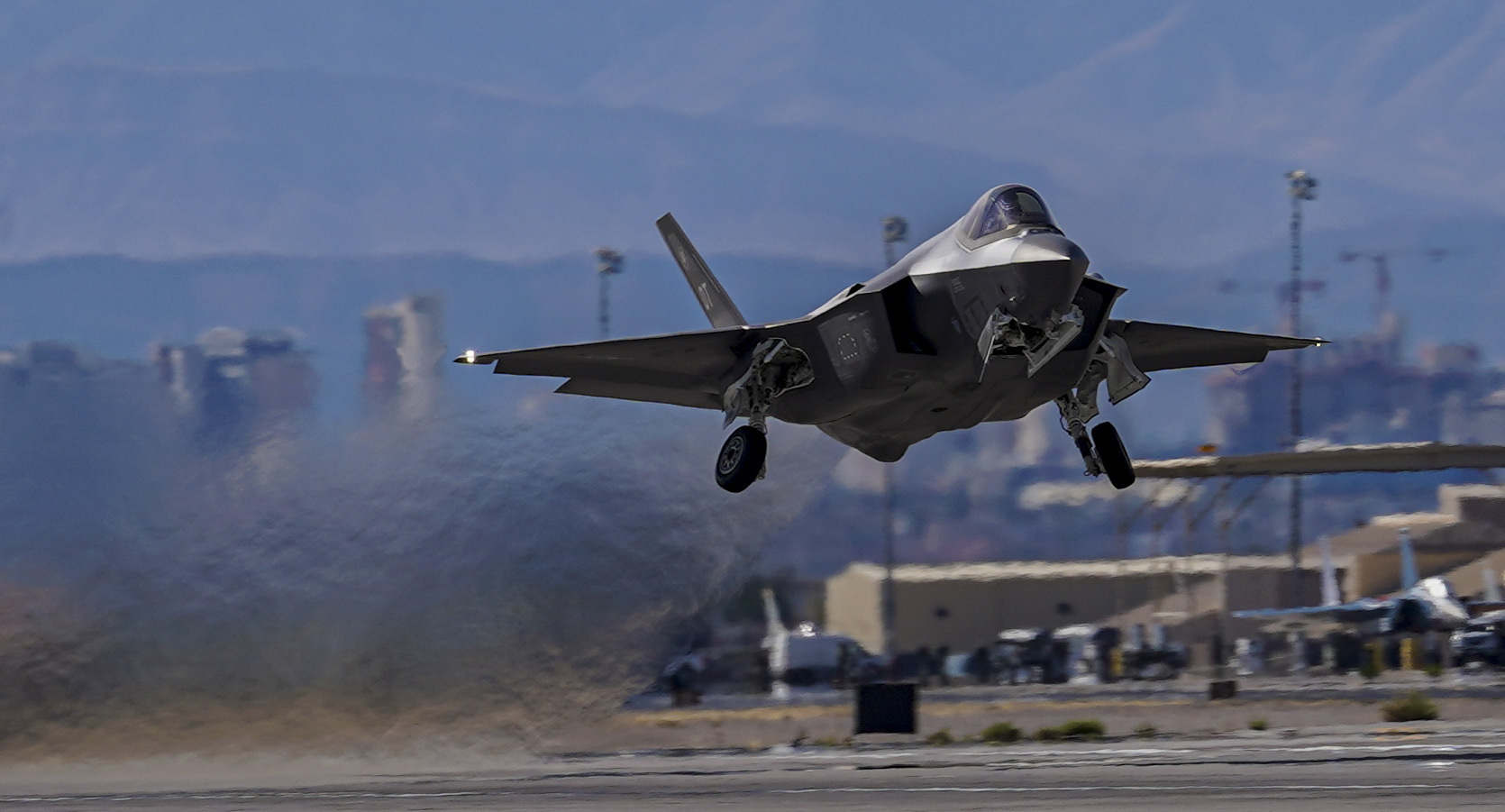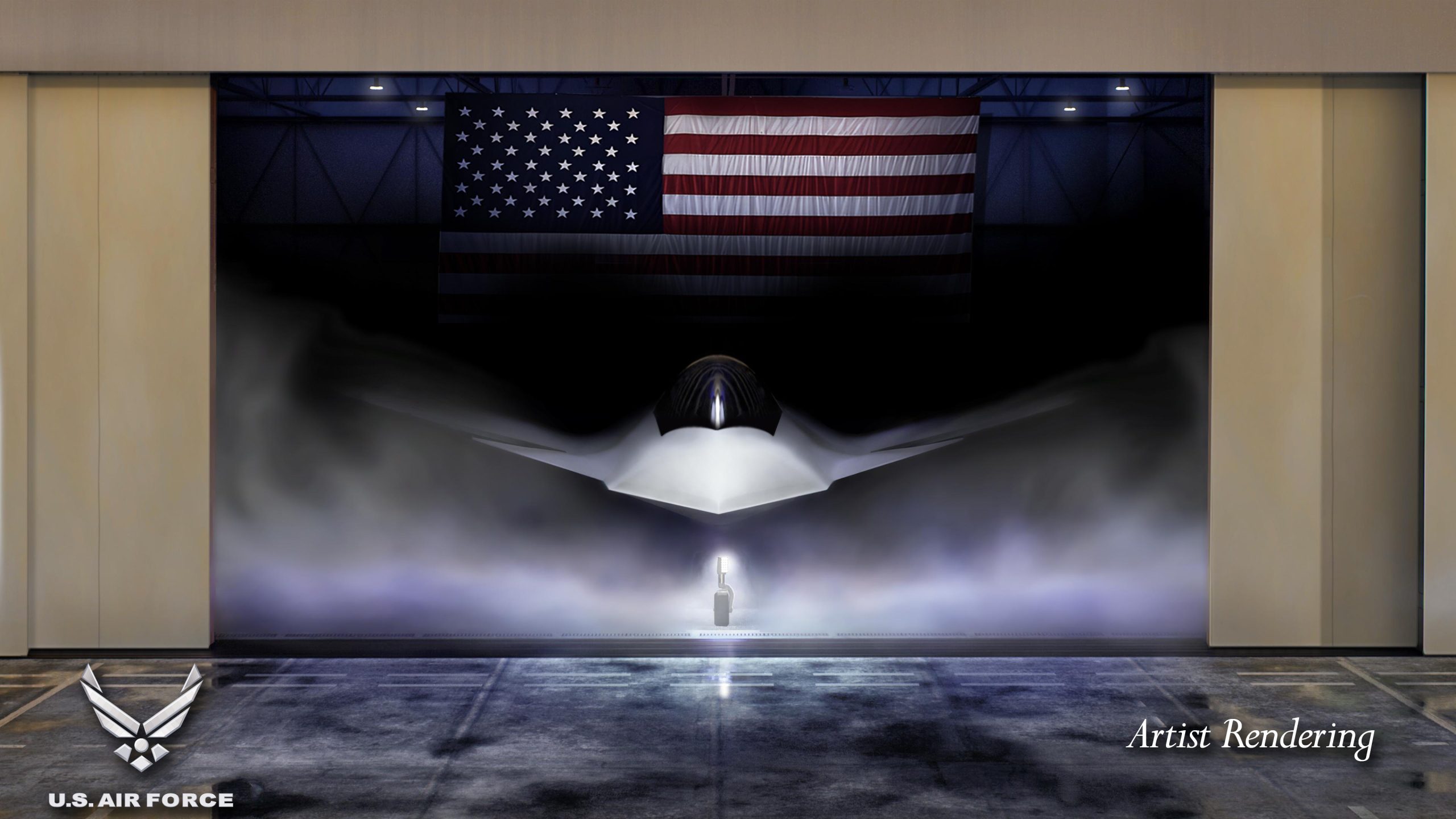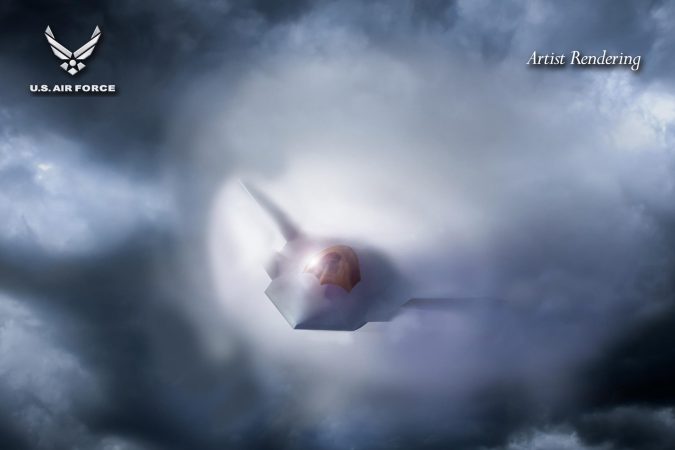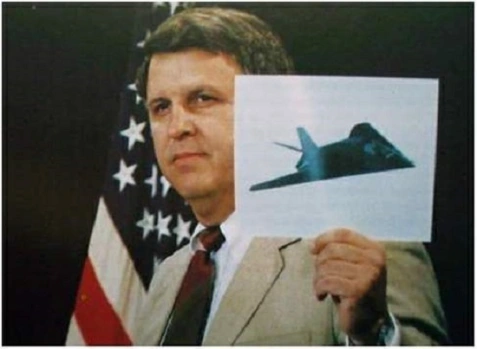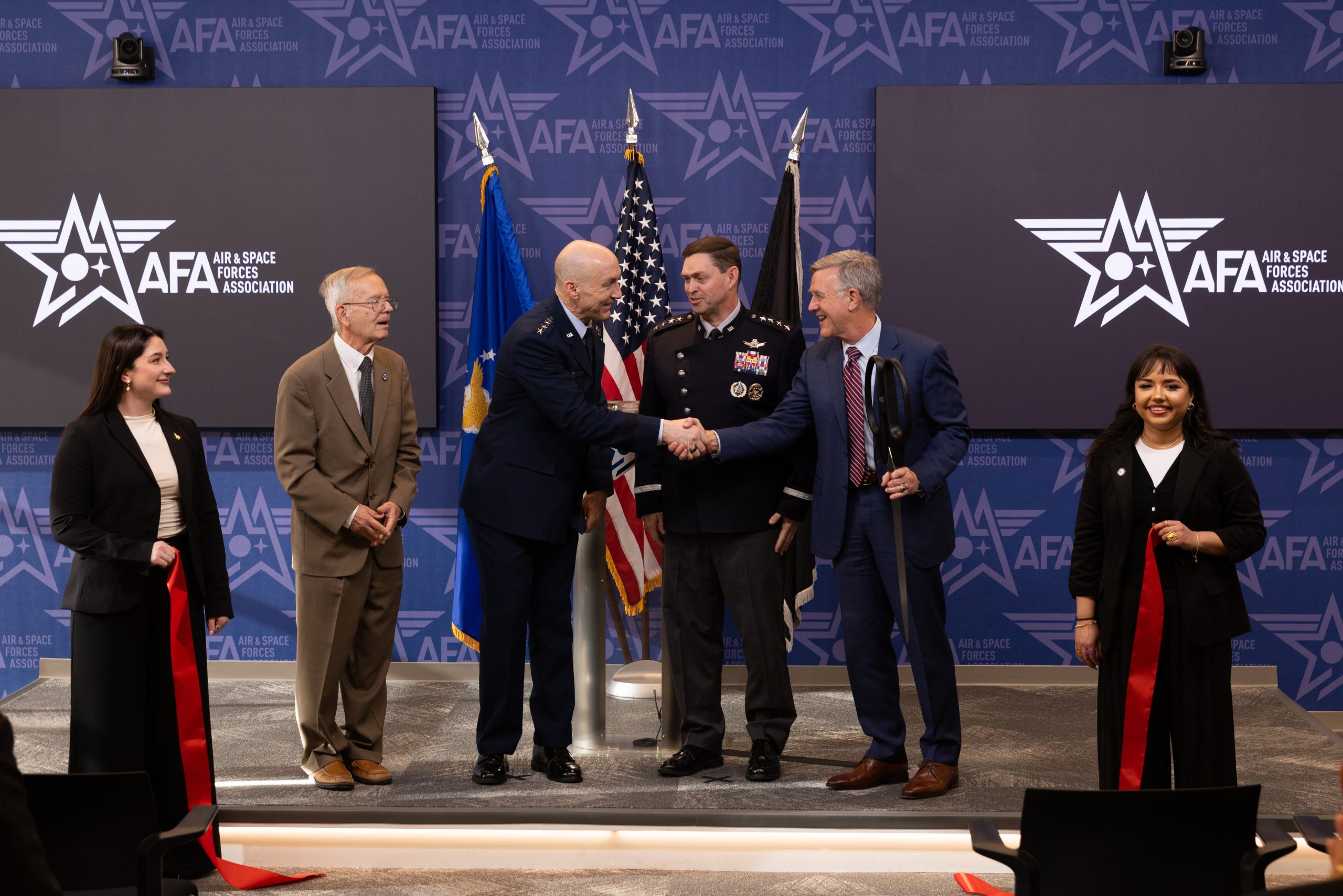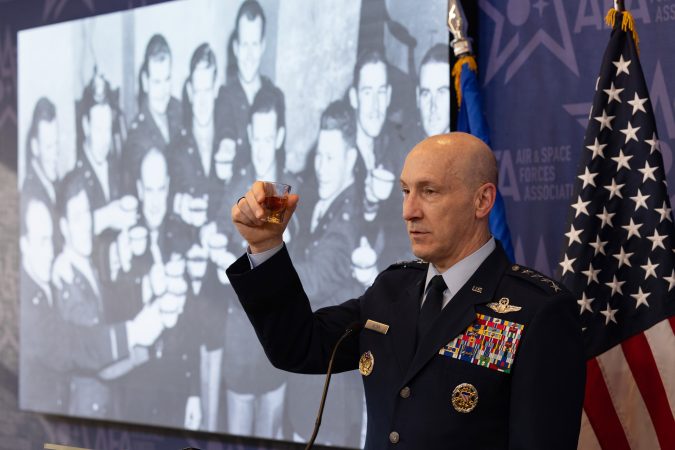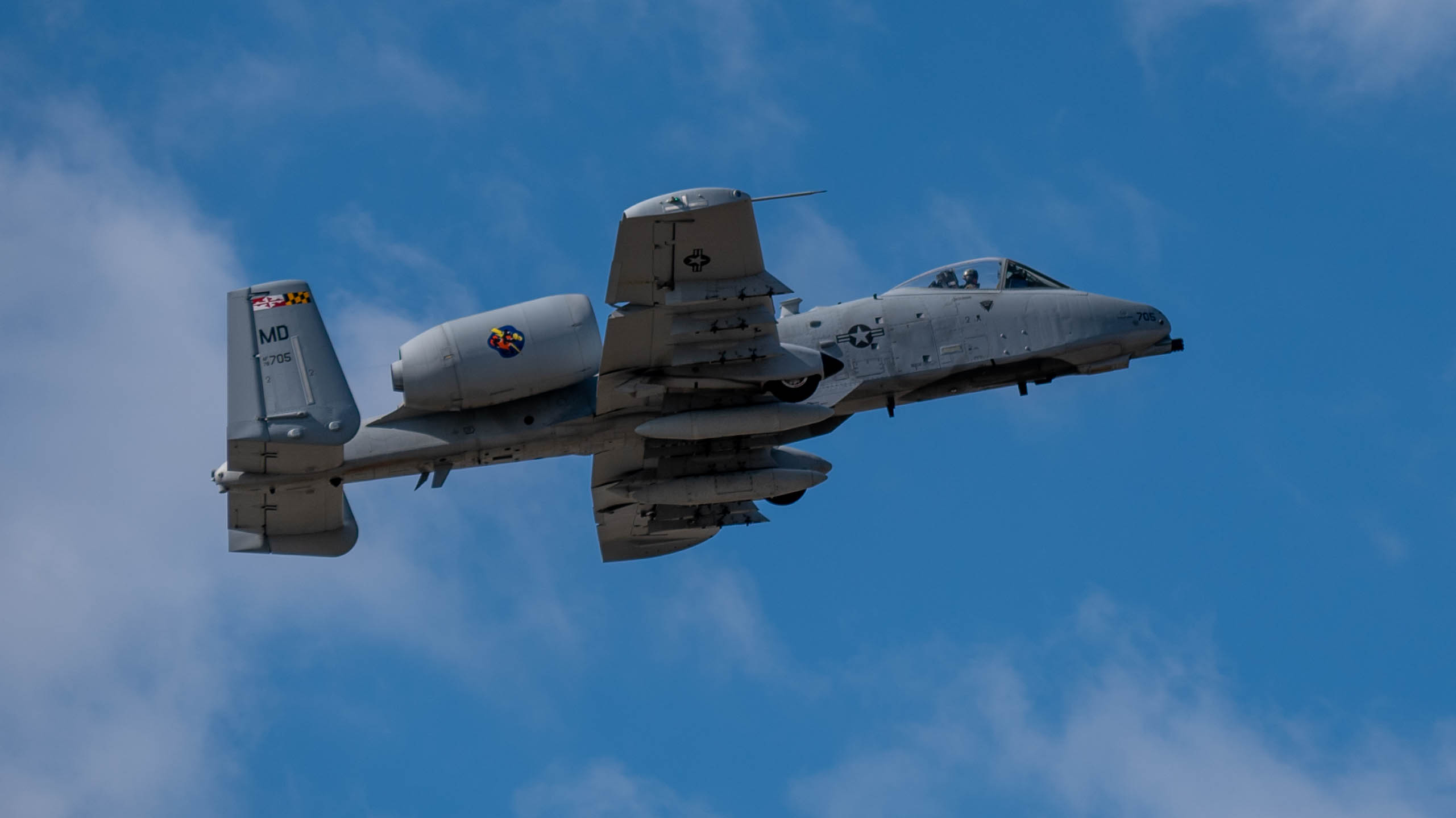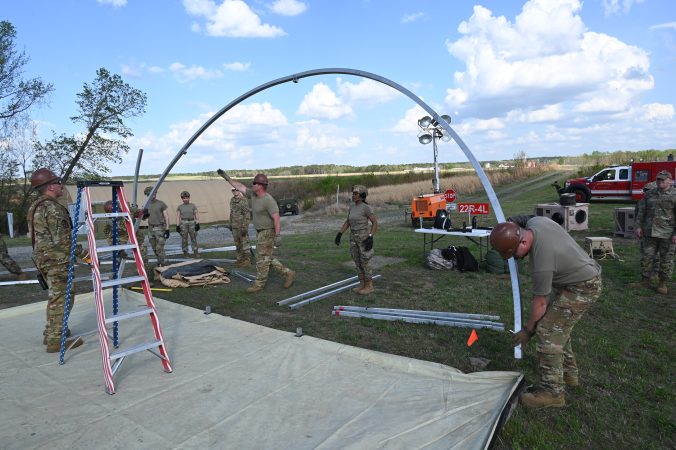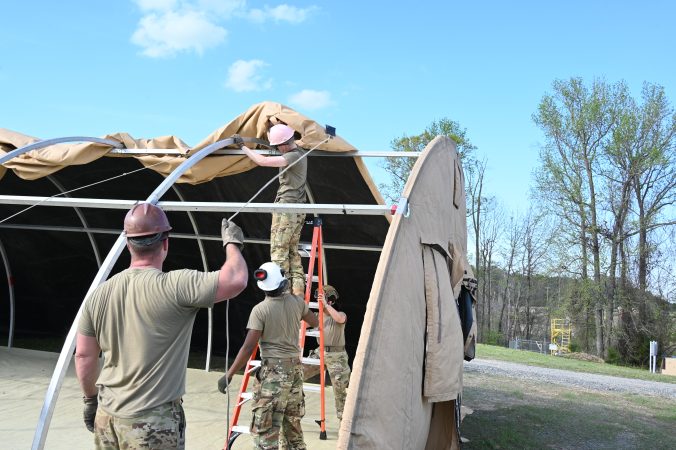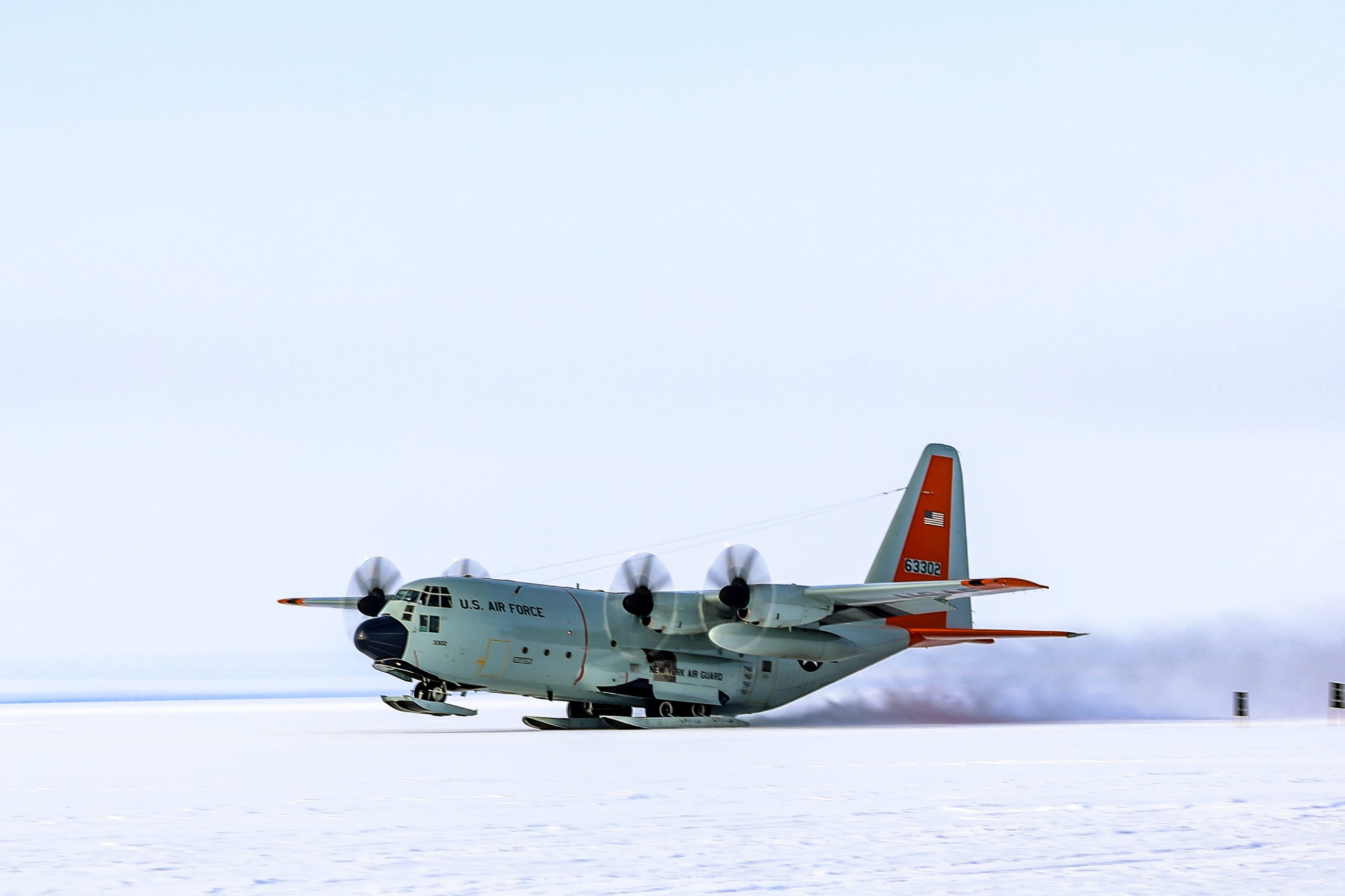Lockheed Martin received a $180 million contract modification April 21 to convert three F-35s to flight sciences aircraft, the Pentagon announced. The work is needed “to prevent any increase in the test capability gap,” per the contract announcement.
The F-35 Joint Program Office has urged Congress for several years to expand its test fleet, so as to supplement aircraft that are becoming structurally fatigued and maintain a high tempo of testing as the program moves from the Technology Refresh 3 program to Block 4 improvements.
The contract modification “adds scope to procure materials, parts, and components in support of the conversion,” the Pentagon said. Conversion of production-representative aircraft to flight sciences test aircraft typically involves adding equipment such as spin chutes, cameras, load-sensing instrumentation, telemetry gear, and other equipment, while removing some hardware not needed for the test function.
The converted aircraft will also “allow for future, holistic flight science testing of Block 4 capabilities for the Air Force, Marine Corps, Navy, non-U.S. Department of Defense program partners, and Foreign Military Sales customers,” the Pentagon said. The work is to be completed by December 2028.
Delays in testing for TR-3 led to the government putting a yearlong hold on accepting F-35 deliveries from 2023-2024. The hold was lifted last summer, when program director Lt. Gen. Michael Schmidt determined that the TR-3 software was sufficiently stable to allow safe and productive flight operations.
The JPO has identified a current shortage of test aircraft and looming aircraft retirements as partially to blame for delays in testing TR-3. The JPO has also said the scope of the Block 4 upgrade will require a higher test tempo than has been achieved in recent years in order to get operational capability to the field in a timely manner.
The JPO originally planned to convert six aircraft for flight sciences work but increased that number to nine, which are to be sourced from 18th Lot of F-35s. The additional three aircraft were added to the JPO request by an amendment in the fiscal 2025 Air Force budget sponsored by Rep. Rob Wittman (R-Va.). Schmidt told Air & Space Forces Magazine in 2024 that the test team has been supplementing its force with production aircraft, but that these are not the optimal solution for flight sciences testing.
The Government Accountability Office has warned that sourcing the jets from Lot 18 means they likely won’t be delivered until 2029.
The Navy awarded the contract, as it currently has acquisition authority over the program.
